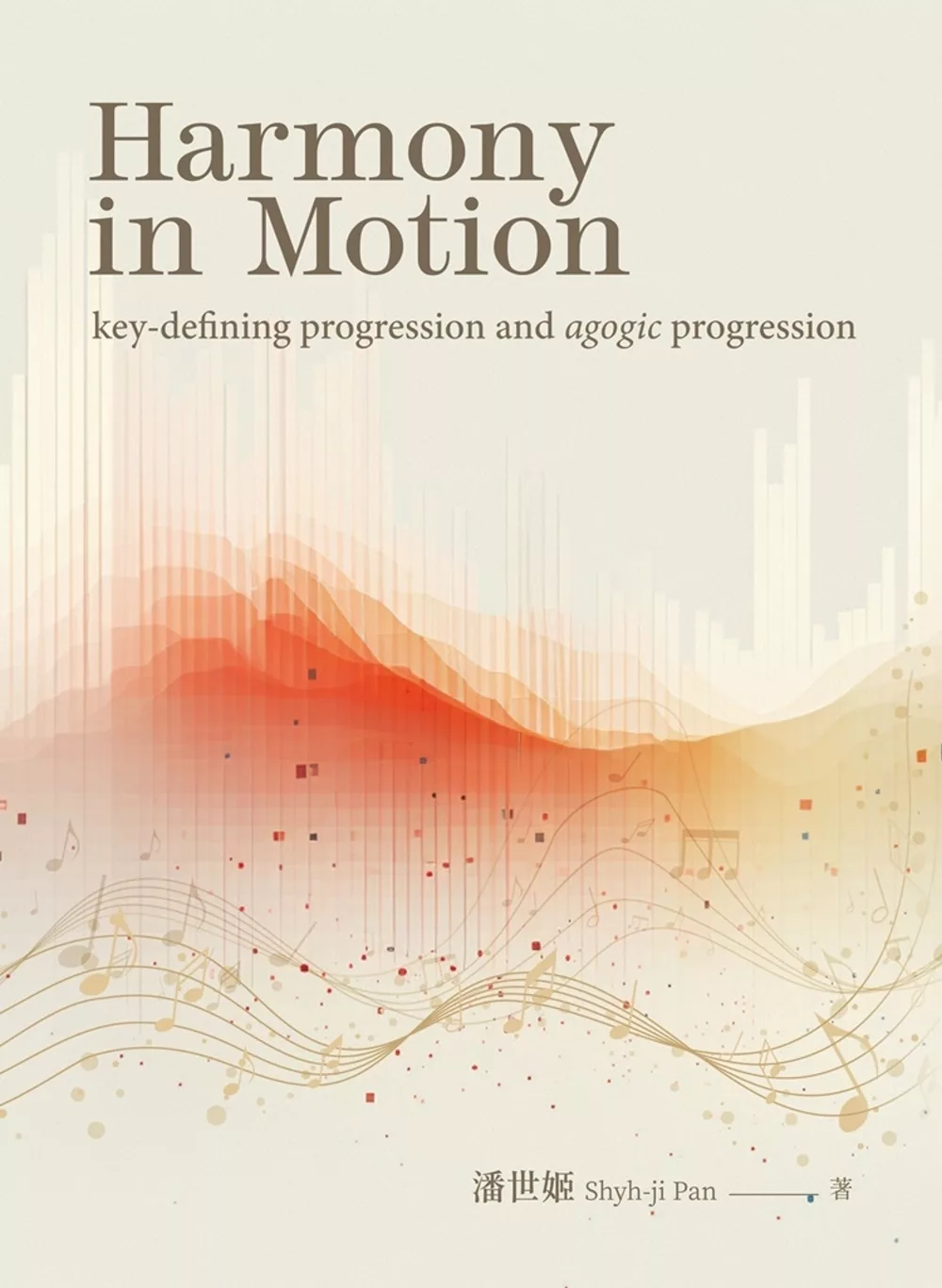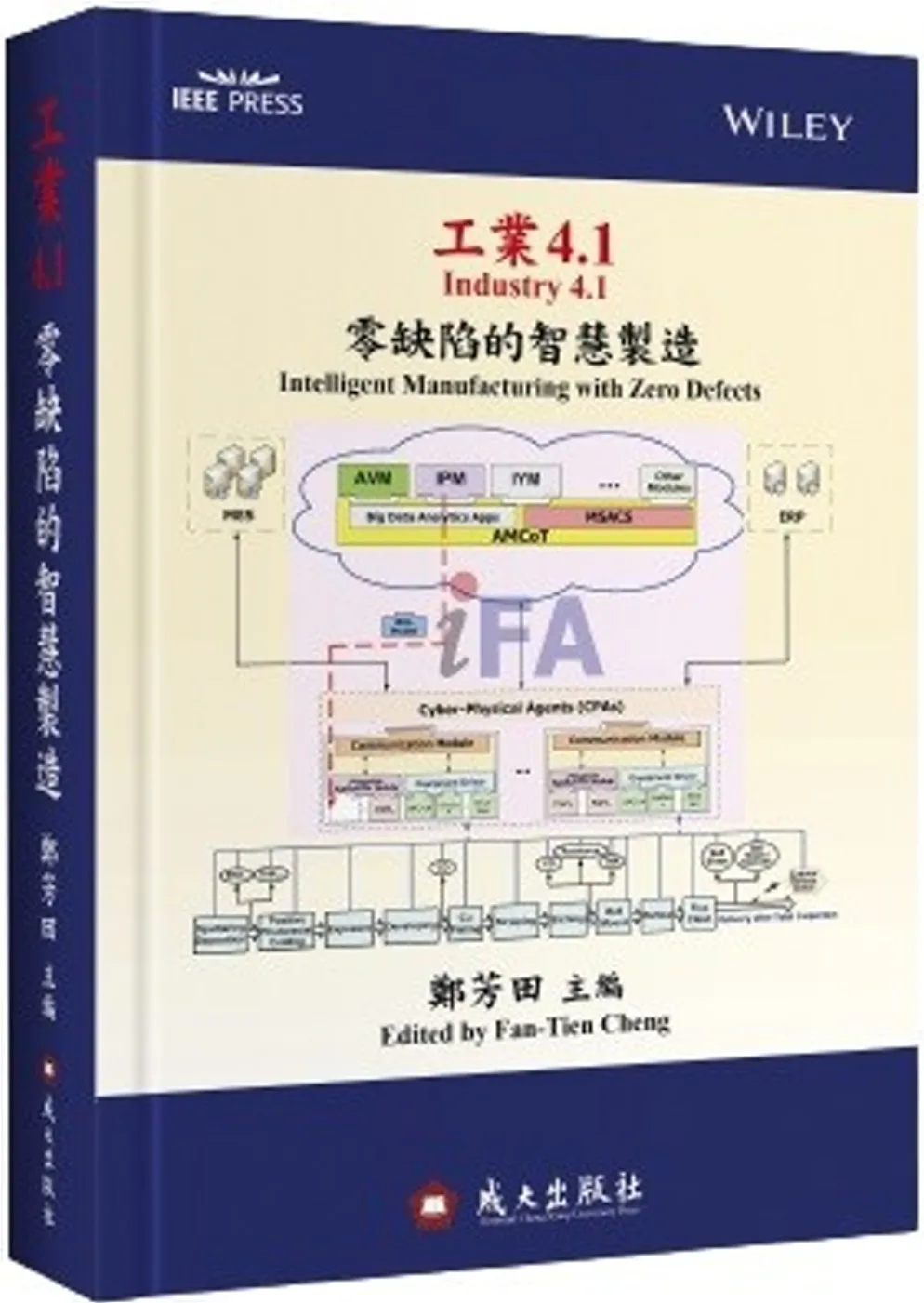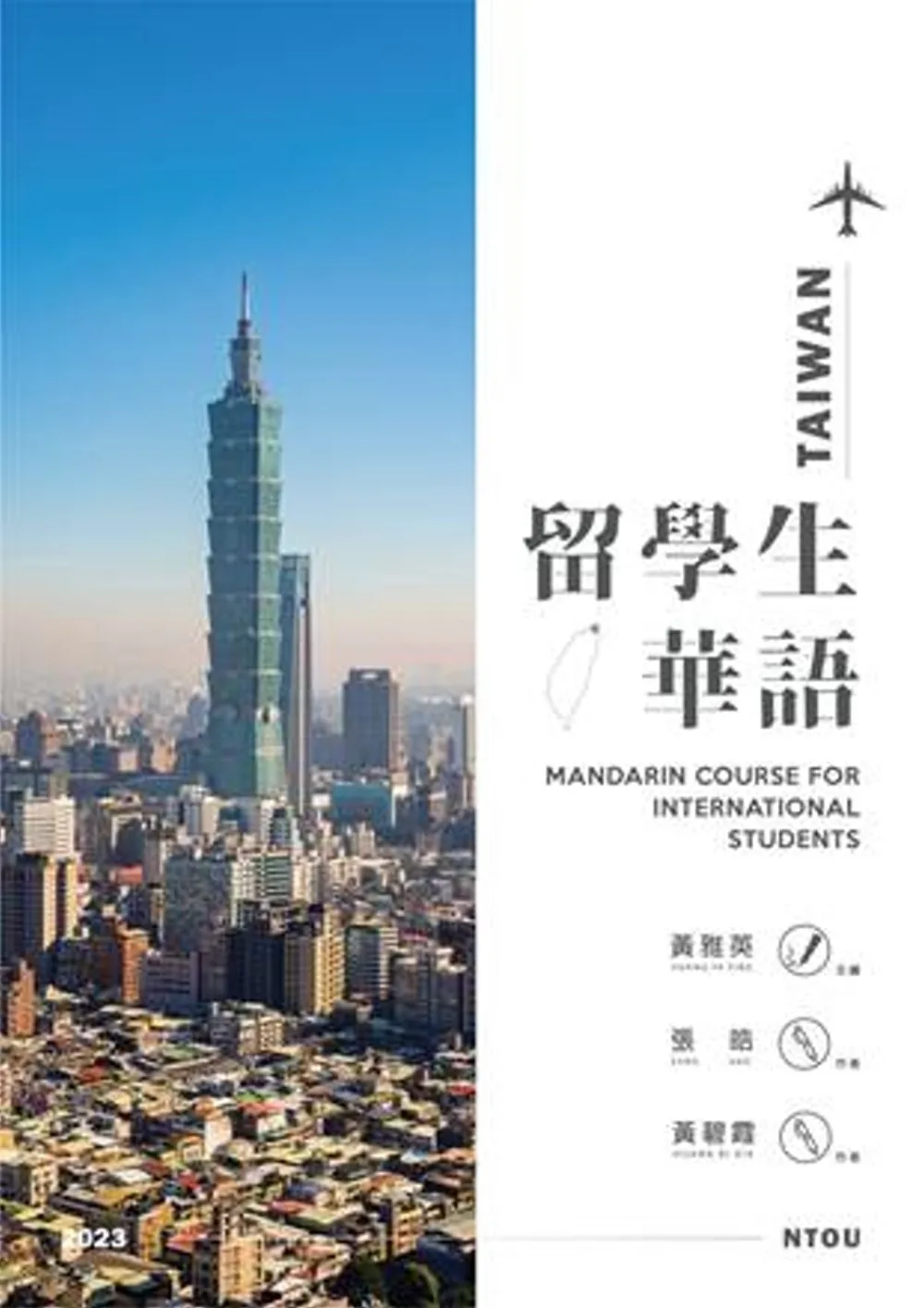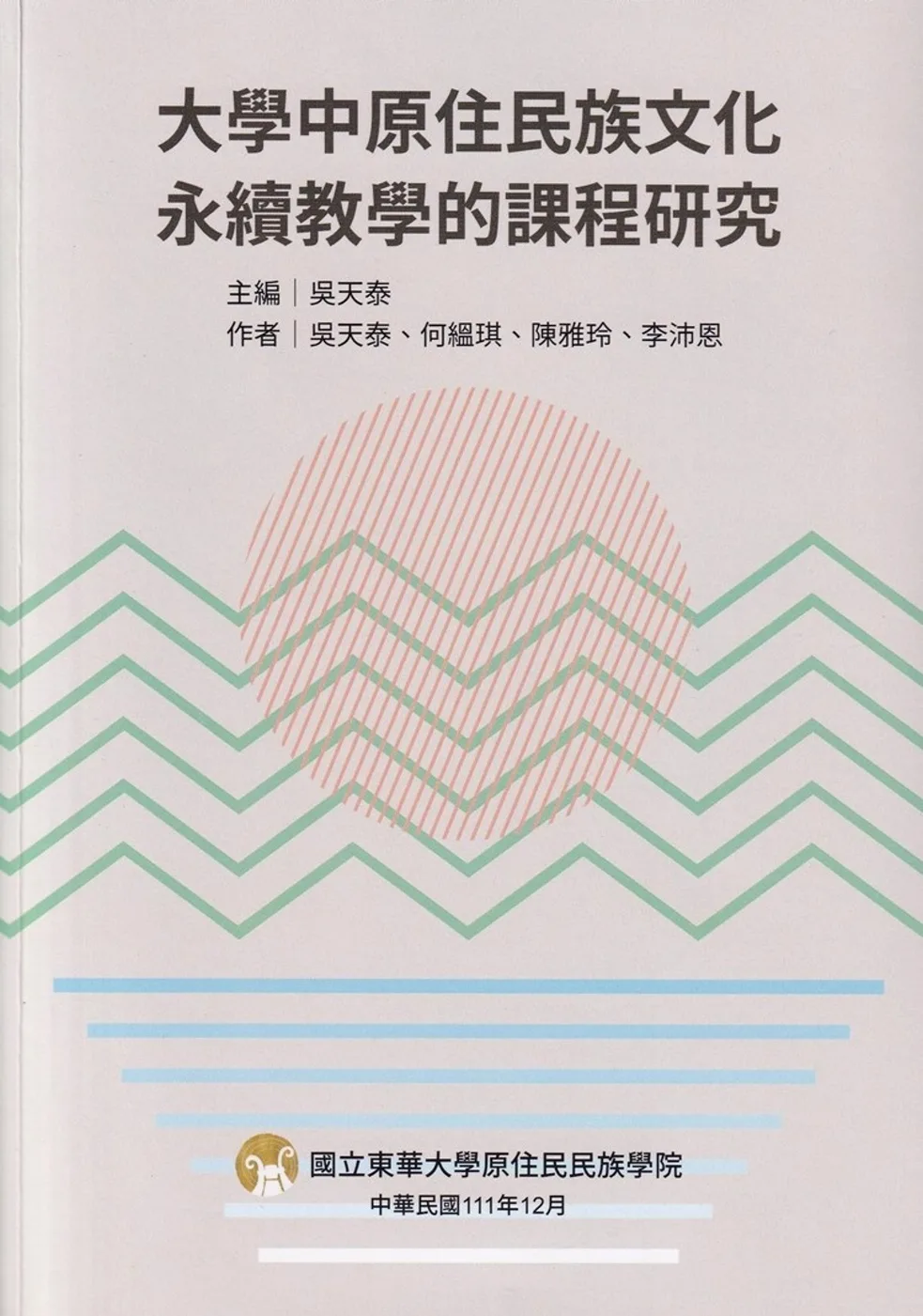本著作以引導聲部加上對位法則作為研究方法之基礎,將確認調進行 (key-defining progression) 及一對一對位的二聲部的聲部結構(voice structure)結合,從而延伸為三聲部或四聲部的引導聲部織體,以此作為線條流動方向及 agogic progression 的依據。具體將 Palestrina-Fux-Bach 的傳承,化為 agogic progression 在詮釋與表達的理論基礎,將傳統 agogic 在個別音符的流動擴展為三到四聲部的線條流動的 agogic progression 。
?
研究取向以和弦擴充(chord prolongation)及和聲進行為基底,agogic progression 發展出以聲部結構為經,確認調進行為緯,專注在三或四聲部的聖詠曲織體,成功地將個別音符的 agogic 延伸為流動的多聲音片 agogic progression 。
?
英文內容大要:
Tonal music is an art language with highly civilized products. As an art form, the vocabularies, syntax and techniques are integrated as one to portray the vast varieties of music emotion.
?
Agogic is exactly such term used to describe human feeling and emotion. It not only describes degrees of speed, but also refers to the character of a composition. Since, the variety of agogic terms appearing on scores to describe all shades of human feeling and emotion.
?
Music theory teaching should not be detached from human sentiment. Agogic, to authors view, is embedded in harmonic progression. She proposes agogic progression to denote the motion of voice leading and direction within a particular time span.



















